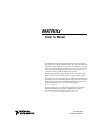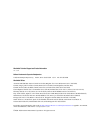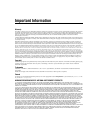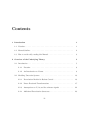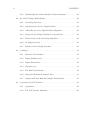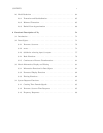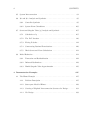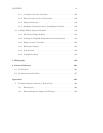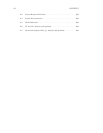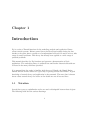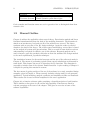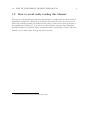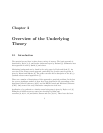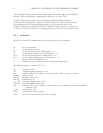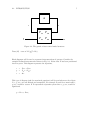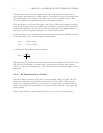iv CONTENTS
2.2.5 Obtaining Robust Control Models for Physical Systems . . . . . . 28
2.3 H
∞
and H
2
DesignMethodologies ...................... 29
2.3.1 H
∞
DesignOverview ......................... 31
2.3.2 Assumptions for the H
∞
DesignProblem .............. 32
2.3.3 A Brief Review of the Algebraic Riccati Equation . . . . . . . . . . 33
2.3.4 Solving the H
∞
Design Problem for a Special Case . . . . . . . . . 36
2.3.5 Further Notes on the H
∞
Design Algorithm . . . . . . . . . . . . . 38
2.3.6 H
2
DesignOverview.......................... 40
2.3.7 Details of the H
2
DesignProcedure ................. 40
2.4 µ Analysis.................................... 42
2.4.1 MeasuresofPerformance ....................... 42
2.4.2 Robust Stability and µ ......................... 44
2.4.3 RobustPerformance.......................... 46
2.4.4 Properties of µ ............................. 47
2.4.5 TheMainLoopTheorem ....................... 49
2.4.6 State-spaceRobustnessAnalysisTests................ 51
2.4.7 Analysis with both Real and Complex Perturbations . . . . . . . . 58
2.5 µ Synthesis and D-K Iteration ........................ 58
2.5.1 µ-Synthesis ............................... 58
2.5.2 The D-K Iteration Algorithm . . . . . . . . . . . . . . . . . . . . . 60



